Transform Barren Spaces into Lush Edible Foodscapes (And Why We Chose Metal Raised Garden Beds)
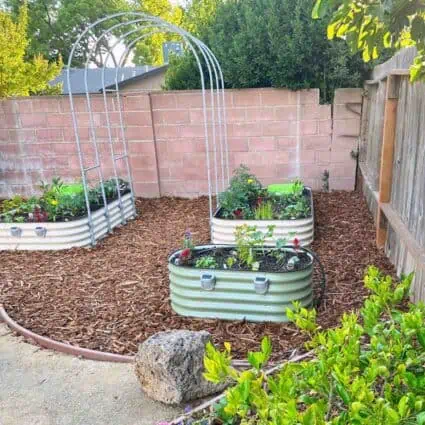
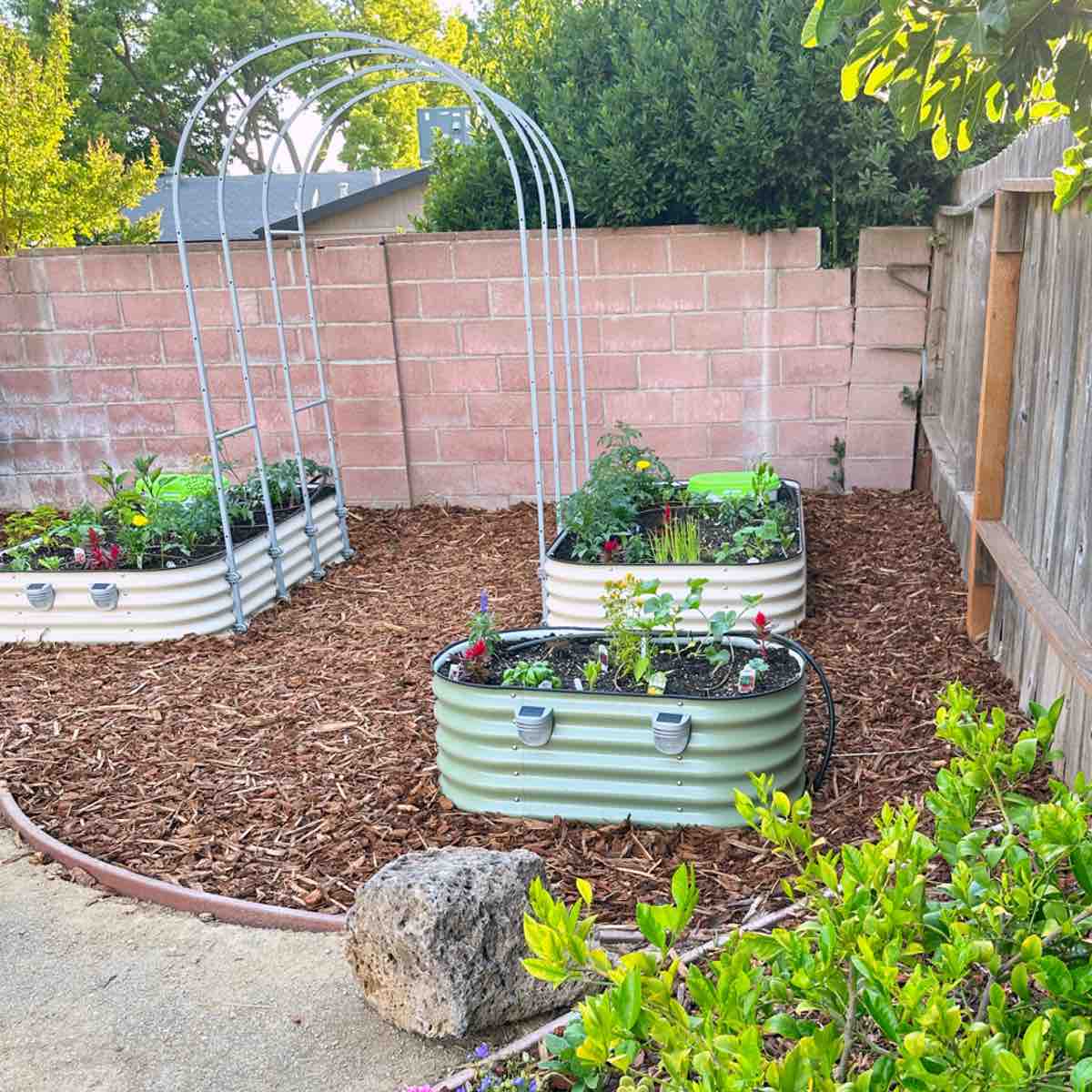
Do you dream of plump tomatoes bursting with sweetness? Crisp greens brimming with vitality to add to your salads? Vibrant vegetables you can pick from the vine? Or fragrant herbs that tickle the senses always on tap in your own yard? Garden beds provide the foundation for a culinary adventure that celebrates the beauty and abundance of a plant-based lifestyle.
Raised garden beds are a popular choice for avid gardeners and homeowners looking to grow their own fresh produce. They offer a range of benefits, from maximizing space utilization to providing better soil quality and enhanced plant growth.
Among the various options available, metal raised garden beds like Vego Garden’s modular raised bed kits have gained significant recognition for their exceptional durability, sustainability, and ability to transform even the most barren corners of yards into thriving green sanctuaries.
In this article, we will explore the benefits and drawbacks of different types of garden beds, and why we chose to use metal raised garden beds to transform a barren plot of land into a lush vibrant food-growing sanctuary.
Vego Garden Coupon Code: Our friends at Vego Garden (makers of the metal raised garden beds we used) kindly created an exclusive discount code for World of Vegan readers. Use “veganvegogarden” at checkout to get two free solar uplights with any order of $149 or more. This coupon can be added on top of other Vego Garden sales and discounts, too.
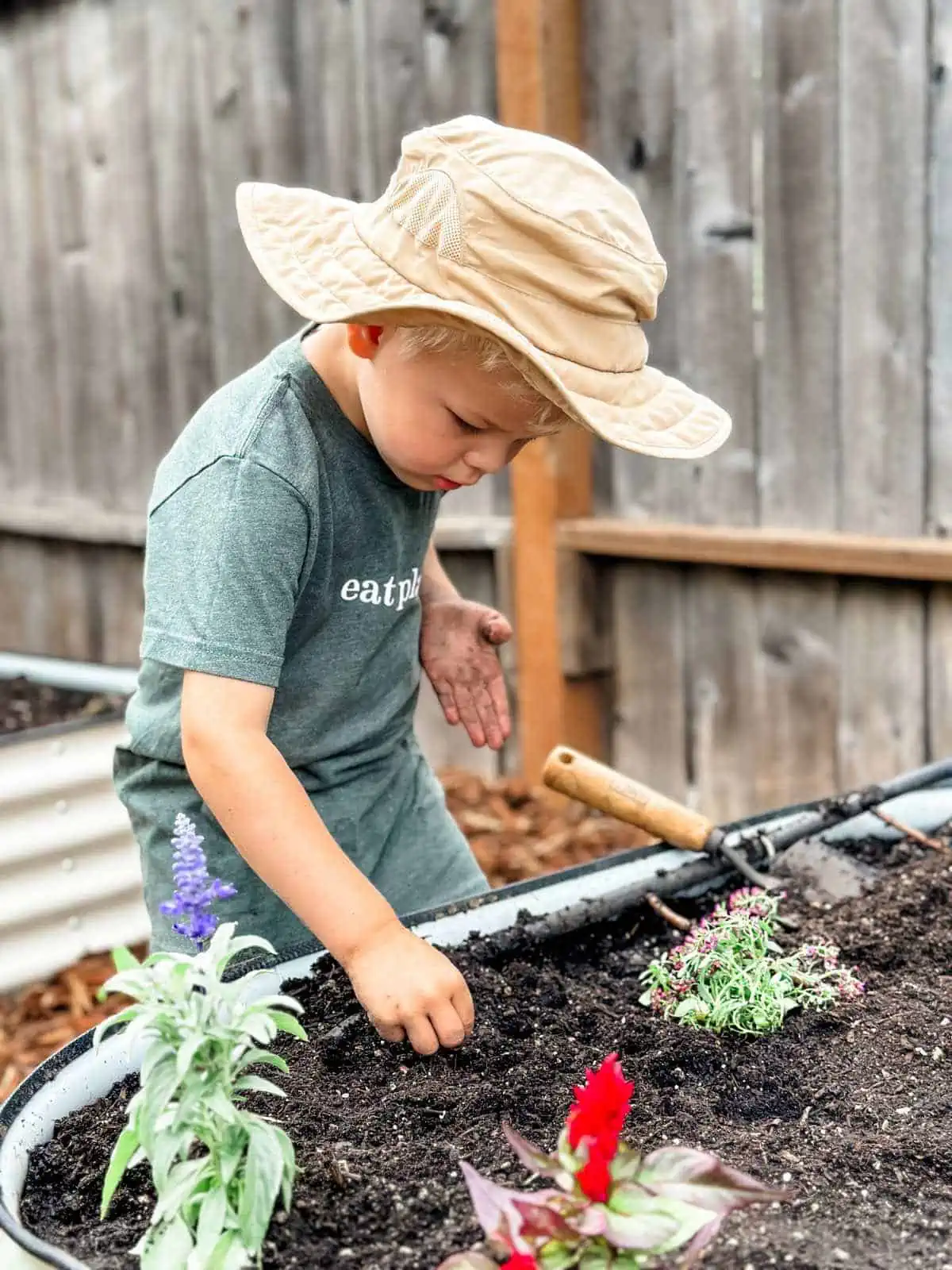
Table of contents
Types of Garden Beds
In this article, we will explore the ins and outs of growing a lush and fruitful garden using raised garden beds, the champions of urban gardening and the darlings of sustainable cultivation. Raised beds unlock the possibility to maximize space and create a sanctuary of plant-based goodness for both new and experienced gardeners—no matter where you live.
Raised Garden Beds
Raised garden beds are elevated structures typically built using wood, stone, composite materials, and our favorite: metal raised garden beds. They provide excellent drainage, prevent soil compaction, and allow for better control over soil quality. Raised beds are suitable for various gardeners, including those with limited mobility or space constraints.
Container Garden Beds
Container garden beds are versatile and can be used in many settings, including patios, balconies, and small yards. They come in different sizes and materials, such as plastic, ceramic, or fabric pots. Container beds are portable, allowing you to move them as needed, and they also offer lots of control over soil conditions.
Vertical Garden Beds
Vertical garden beds are an innovative solution for maximizing space utilization in small areas. They utilize vertical structures, such as trellises or hanging pots, to grow plants vertically. Vertical beds are ideal for climbers, such as tomatoes, beans, and cucumbers, and can be a striking feature in any garden.
In-Ground Garden Beds
In addition to the raised, container, and vertical garden beds, another popular option is in-ground garden beds. In-ground beds are created by directly preparing the existing soil in your garden.
Best Garden Bed Materials
When it comes to selecting the right material for your garden beds, you’ll find an array of options to choose from, and there are benefits and drawbacks for each. Here is an overview of the most popular raised bed materials, including wood, metal, plastic, stone, concrete, and fabric.
Wooden Garden Beds
Wooden garden beds have been a popular choice for many gardeners due to their natural aesthetics and ease of construction. They provide excellent insulation for plants, retaining heat and moisture. Additionally, wood is readily available and relatively affordable. However, wooden beds are susceptible to rot and decay over time, requiring regular maintenance and potential replacement.
Metal Raised Garden Beds
Metal garden beds, such as the popular Vego Garden Beds, have gained widespread popularity for their unique advantages. These beds are typically constructed from durable materials like galvanized steel or aluminum, and can withstand harsh weather conditions, pests, and rot.
Unlike wood, metal beds are not prone to termite infestations or other wood-destroying pests. This eliminates the need for chemical treatments, providing a more eco-friendly gardening solution. They offer a long-term investment, saving you from the frequent replacements required by other materials.
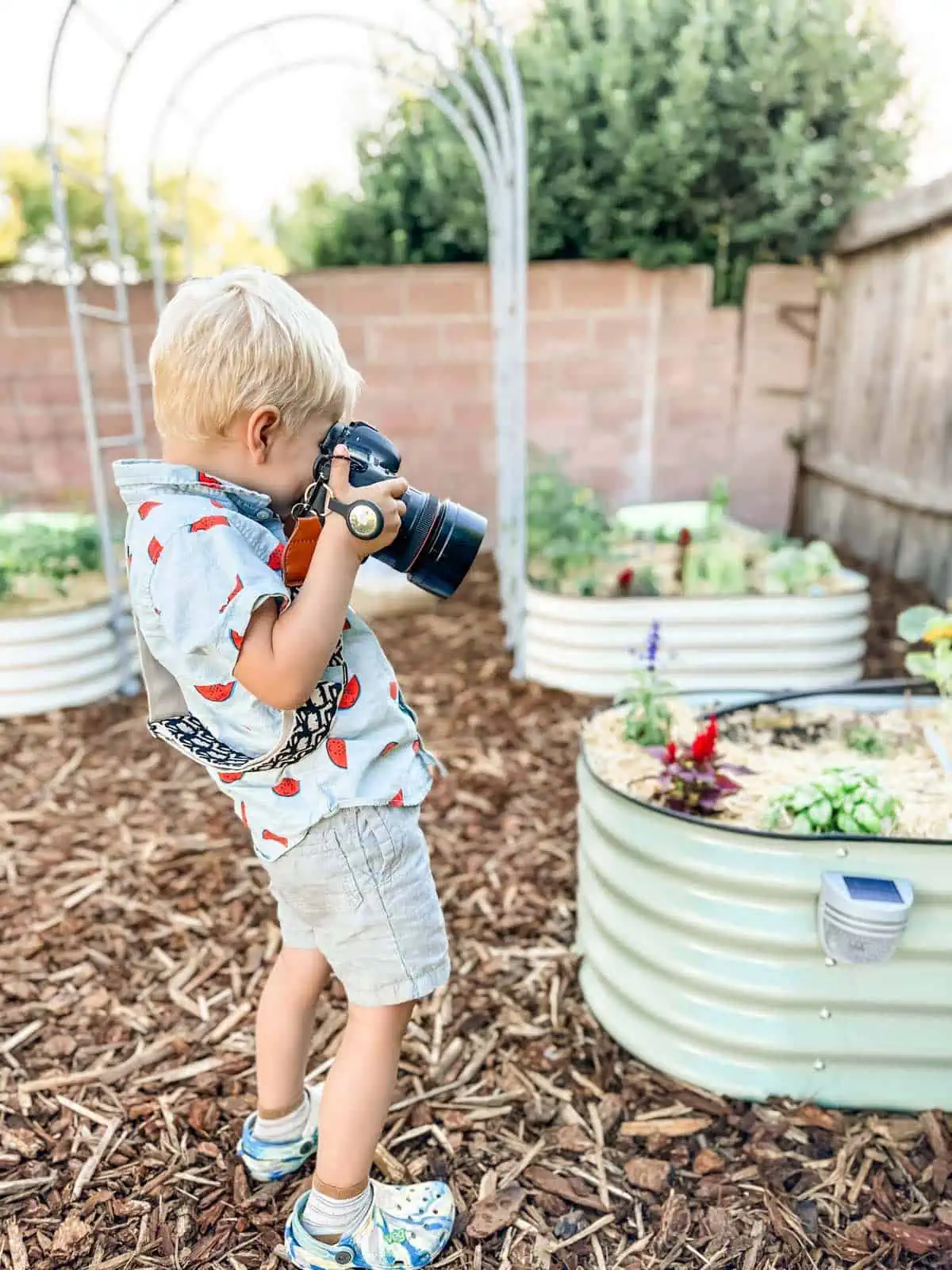
Plastic Garden Beds
Plastic garden beds offer durability and low maintenance. They are lightweight, making them easy to move and rearrange. However, plastic beds may not have the same breathability as other materials, and prolonged exposure to sunlight can cause them to become brittle and degrade over time.
Stone or Concrete Garden Beds
Stone or concrete beds create a visually stunning and long-lasting option for gardeners. They retain heat effectively, providing a warm environment for plants. Stone beds can be custom-built to fit any shape or size. However, they are heavy and more challenging to install compared to other materials. They may also be more expensive, depending on the type of stone or concrete used.
Fabric or Grow Bags
Fabric or grow bags are portable and lightweight options for gardeners with limited space. They are made from breathable materials that promote healthy root growth and drainage. Fabric beds are easy to store and transport, making them suitable for renters or those with temporary gardening needs. However, they may require additional support to prevent sagging, and they may not offer the same aesthetic appeal as other materials.
Why I Chose Vego Garden’s Metal Garden Beds
Durability and Quality: Metal garden beds are known for their exceptional durability and quality construction. Vego Garden’s beds are made from sustainable and weather-resistant materials, and are built to withstand severe weather, heat, sun, and elements and last for 20+ years without warping or rotting. This ensures a long-lasting investment in your garden.
Modular Design and Easy Assembly: Many metal garden beds have modular designs, making them easy to package, convenient to ship, and simple to build. Vego Garden beds are designed with user convenience in mind. They are easy to assemble, requiring no specialized tools or expertise. And with their modular construction, you can easily expand or rearrange the beds to suit your evolving gardening needs. Additionally, their low-maintenance nature allows you to focus on enjoying the gardening process rather than constantly tending to the beds.
Versatile Design Options: Modular metal beds provide nearly infinite options for designing your dream vegetable garden. Vego Garden beds offer a range of design options to suit any garden aesthetic—from color choice to bed size to the shape of your garden beds. Vego Garden also has a fantastic online 3D garden planner tool that can be used to mock-up a design perfectly suited to fit specific yard dimensions.
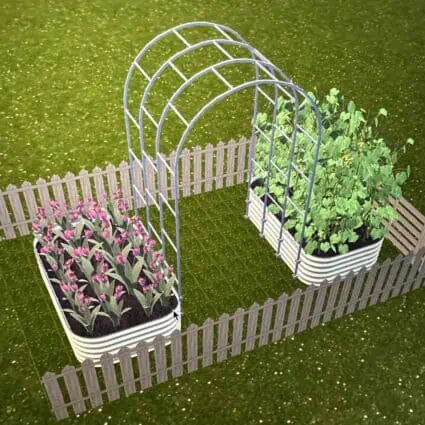

Transforming a Barren Backyard Corner with Metal Raised Garden Beds
A once-barren corner of my yard, which was home to a cement slab for decades, finally came to life with an earth-inspired glow-up. What was once a desolate space devoid of life transformed into a thriving oasis of greenery, life, flowers, and lots of food.
I turned to my dear friend and foodscaping garden coach Jennifer MacLeod from Sunflower and Sage Gardens for guidance, and within a few days, the garden transformation was complete.
Step 1: Plan Your Garden Layout
I used Vego Garden’s 3D planning tool to create the layout of my garden within the available space, and decided on two large beds (3.5′ x 6.5′ and 17″ tall) connected by an arched trellis. I chose big beds rather than multiple smaller beds to make the most of the available space, and to give more space for my plants to develop their roots.
Here’s what I ordered for my garden beds:
- Two 17″ tall 9-in-1 Modular Raised Vego Garden Beds
- One Triple-Section 4.1′ Long Arched Trellis
- One 17″ Tall Kid’s First Garden Bed
- Two In-Ground Composter Bins
- 12 Solar Garden Lights
Step 2: Assemble Your Metal Raised Garden Beds
The Vego Garden beds arrived quickly in very compact cardboard boxes, and I eagerly got to work assembling. I was very impressed by the ease of assembly, which I did with the help of my 3-year-old while watching a fantastic documentary on Netflix. It took some time to build all three beds, but it was fun and so satisfying when it was all done!
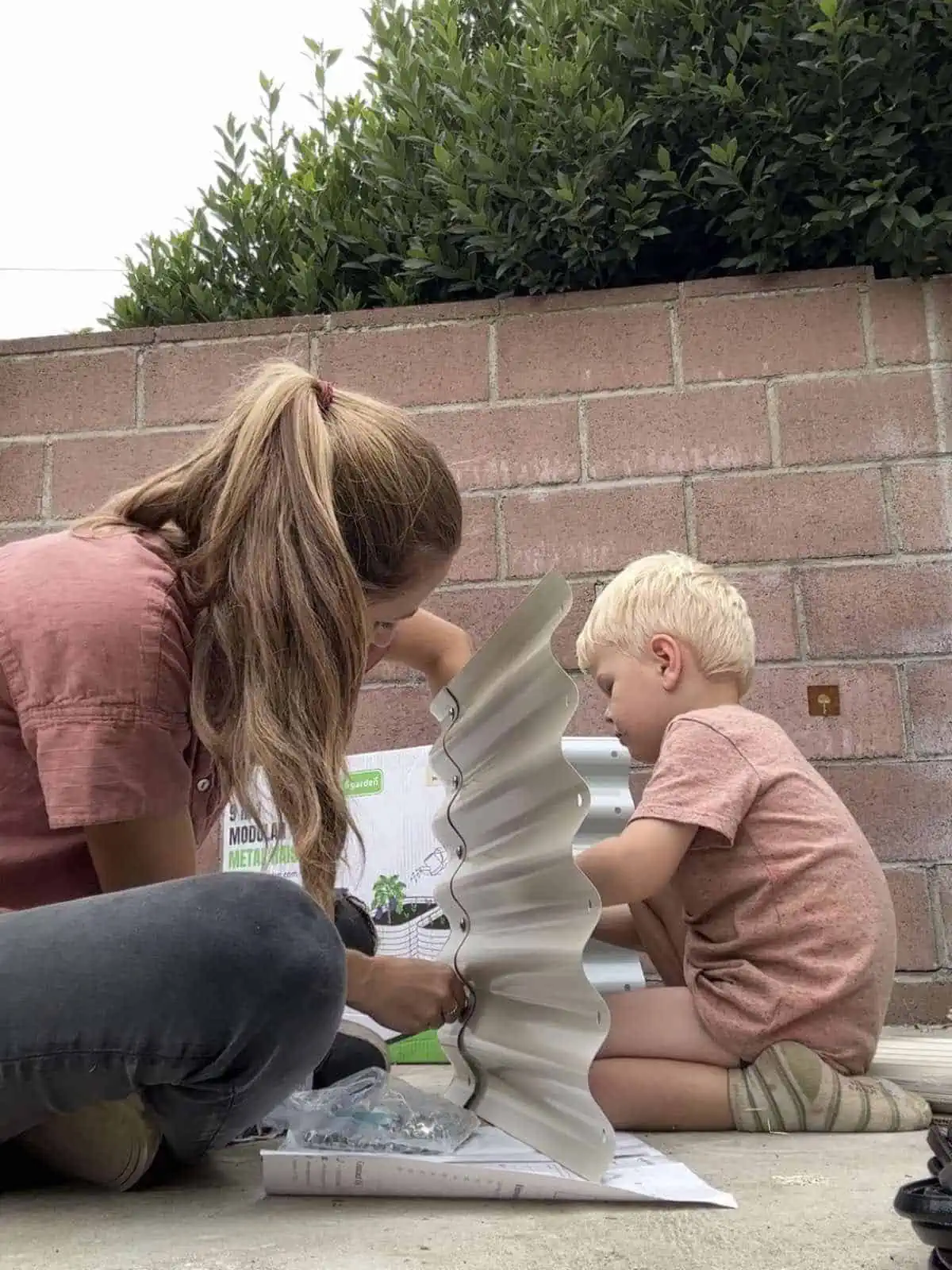
Step 3: Place Your New Beds in the Garden
Then the beds were ready to take their spot in my new garden! I laid them directly on the barren dirt where the concrete slab had been removed.
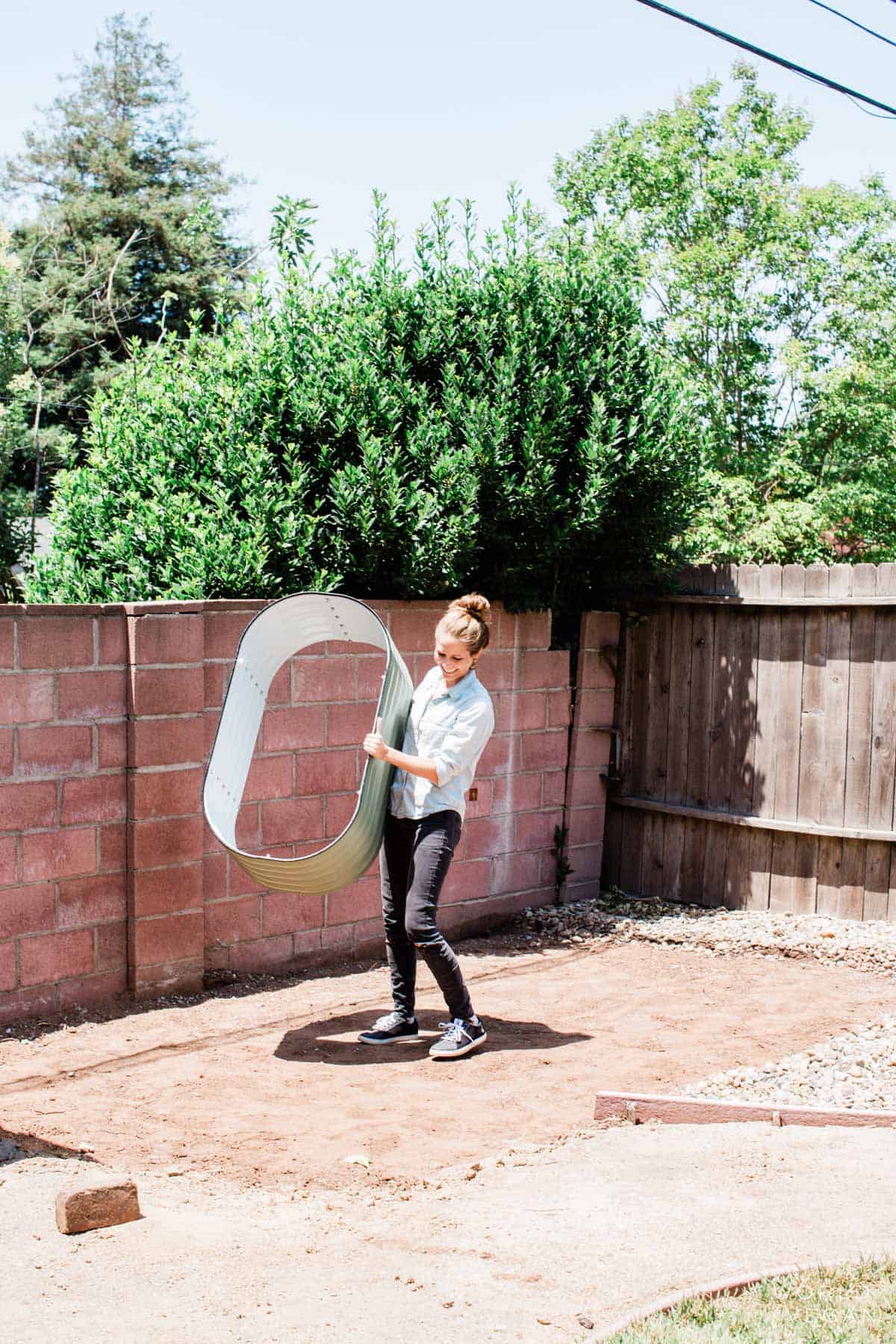
Step 4: Fill Your Beds The “Hugelkultur” Way
Once the beds are in place, it’s time to fill them. Vego Garden has many resources to help with this—and they recommend a “Hugelkultur” technique for filling the garden beds.
Hugelkultur is a gardening technique that originated in Eastern Europe and offers an innovative and sustainable approach to cultivation. This method involves creating raised beds by layering organic materials such as logs, branches, leaves, and compost directly on the ground.
As these materials decompose, they gradually release nutrients, retain moisture, and promote a healthy soil ecosystem. The decomposition process generates heat, extending the growing season and making it possible to grow a wide variety of plants.
Hugelkultur beds are known for their excellent water retention capabilities, reducing the need for frequent watering. This permaculture-inspired technique embodies the principles of recycling, resource conservation, and self-sustainability, making Hugelkultur an appealing choice for eco-conscious gardeners seeking a low-maintenance, productive, and resilient garden bed solution.
Straw Saves the Day!
I didn’t have many logs and branches, so instead filled the bottom of the garden beds with straw. I now use straw for everything in my garden—it’s a fantastic garden mulch!

Using a nutrient-rich soil mix is essential to create the base for a thriving garden, and this is where things can get a little confusing when it comes to gardening as a vegan.
If you plan to garden veganically, meaning without the use of animal products, making your own compost at home will be key, and will also keep your garden costs minimal. Most organic commercially available compost and soil sources involve animal products of some form, although vegan options are starting to sprout up.
Ideally you’ll use a blend of compost, organic matter, and high-quality soil to create an optimal growing environment. Depending on the soil composition, you may need to add fertilizer before you plant. I used Down to Earth’s Organic Vegan Mix Fertilizer.
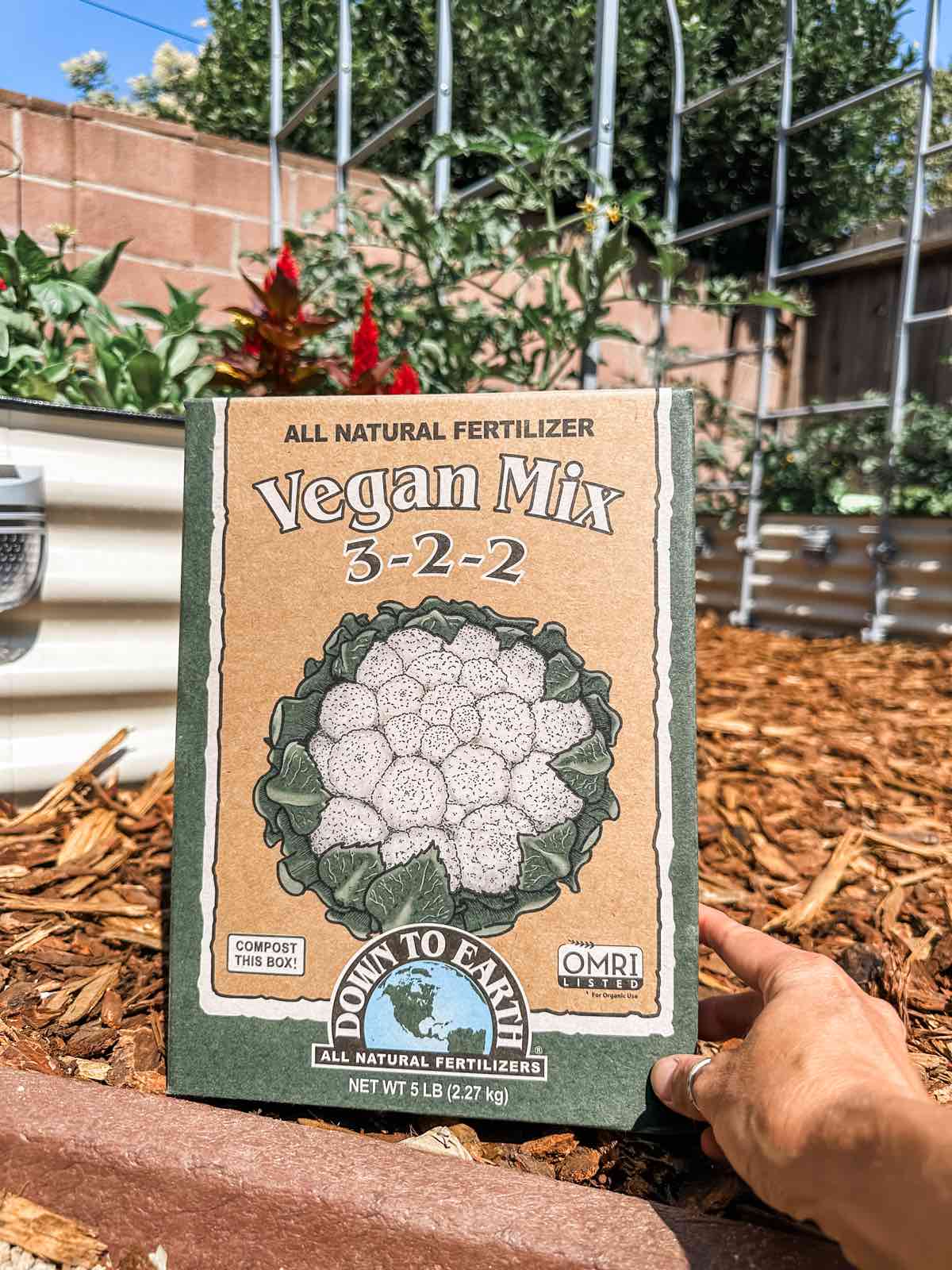
Step 5: Pick Your Plants and Plant Your Veggie Bed!
Now comes the exciting part—choosing the plants that will bring your garden beds to life. Consider the season, your climate, available sunlight, and personal preferences when selecting your crops. Research your growing zone (here in Sacramento, I’m in growing zone 9b), and choose plants that are well-suited to your growing conditions.
Incorporating a vibrant assortment of vegetables, aromatic herbs, and colorful flowers is key to attracting pollinators and beneficial insects and creating a thriving ecosystem. And be sure to consider companion planting, which involves grouping compatible plants together to maximize space, deter pests, and enhance growth.

A few common flowers that work well in garden beds include:
- Marigolds
- Zinneas
- Dahlias
- Cosmos
- Salvia
Looking to start seedlings indoors first? Check out our guide on How To Start Seeds Indoors for tips and inspiration!
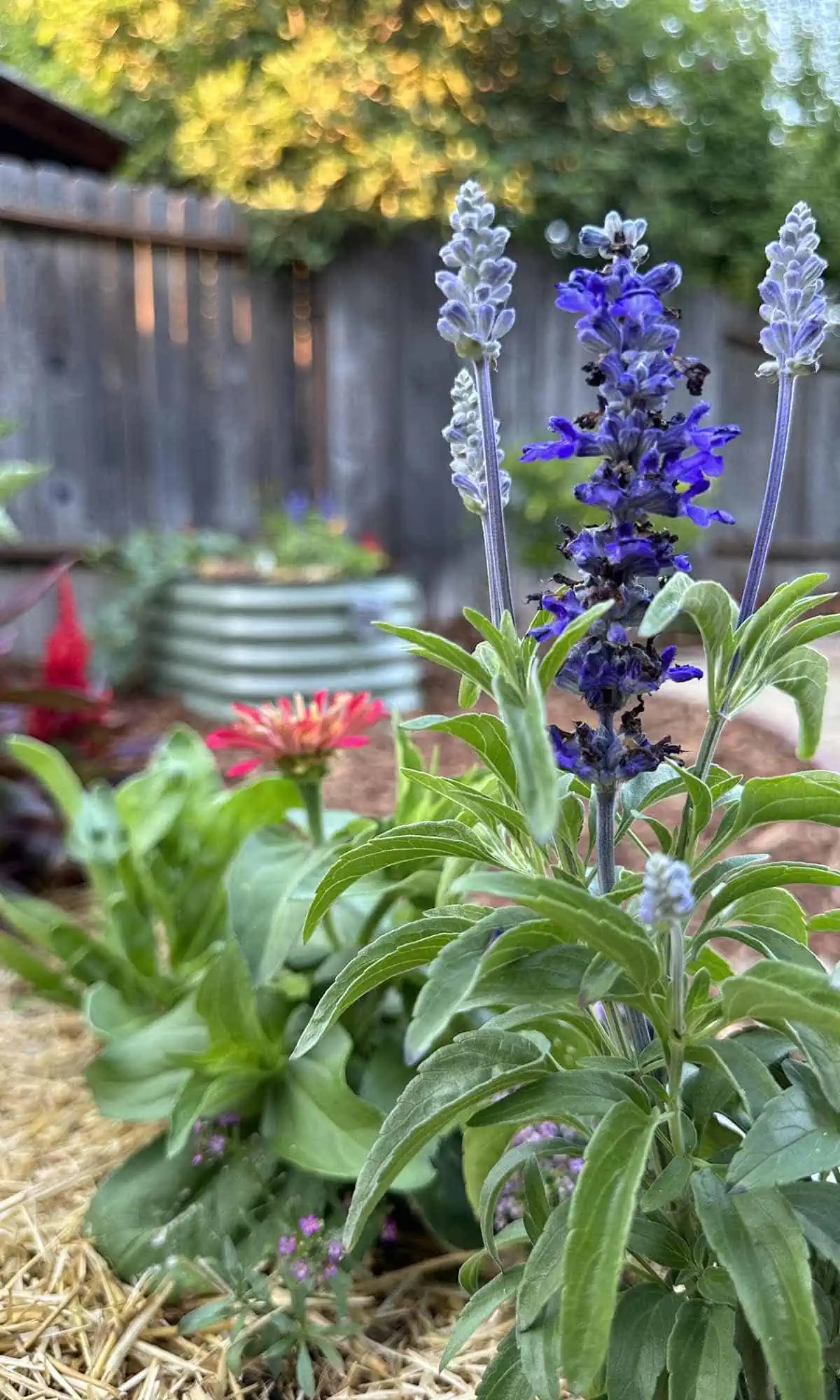
Tips for Planting A Thriving Foodscape in Raised Garden Beds
Location Matters: Choose a sunny spot for your raised garden bed, as most vegetables and flowers require at least six hours of direct sunlight per day. Avoid areas with excessive shade or strong winds that can affect plant growth.
Spacing and Planting Depth: Follow spacing recommendations for each plant to allow sufficient air circulation and prevent overcrowding. Plant seeds or seedlings at the appropriate depth, considering their specific requirements. There are opposing philosophies that encourage dense planting, but this may be best suited for more experienced gardeners.
Mulching: Apply a layer of organic mulch, such as straw, around your plants to conserve moisture, suppress weed growth, and regulate soil temperature. Mulching also adds organic matter to the soil as it breaks down over time.
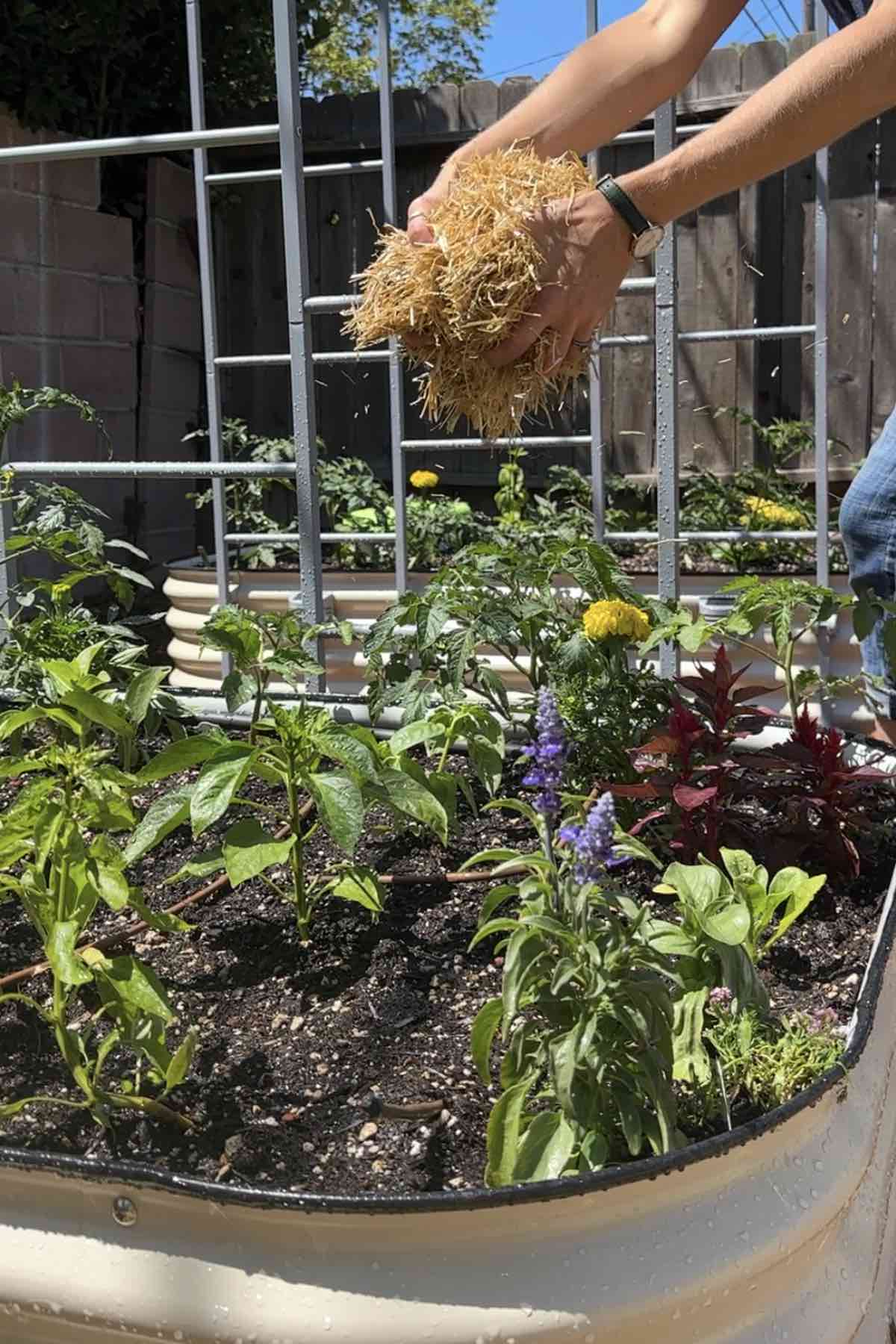
Watering: Regular watering is crucial for the success of your raised garden bed. New plants will need deep watering to encourage deep root development. After that, provide consistent moisture, ensuring the soil remains evenly moist but not waterlogged. I set up a drip irrigation system that automates watering at regular intervals and mitigates nutrient leaching that can happen from overwatering.
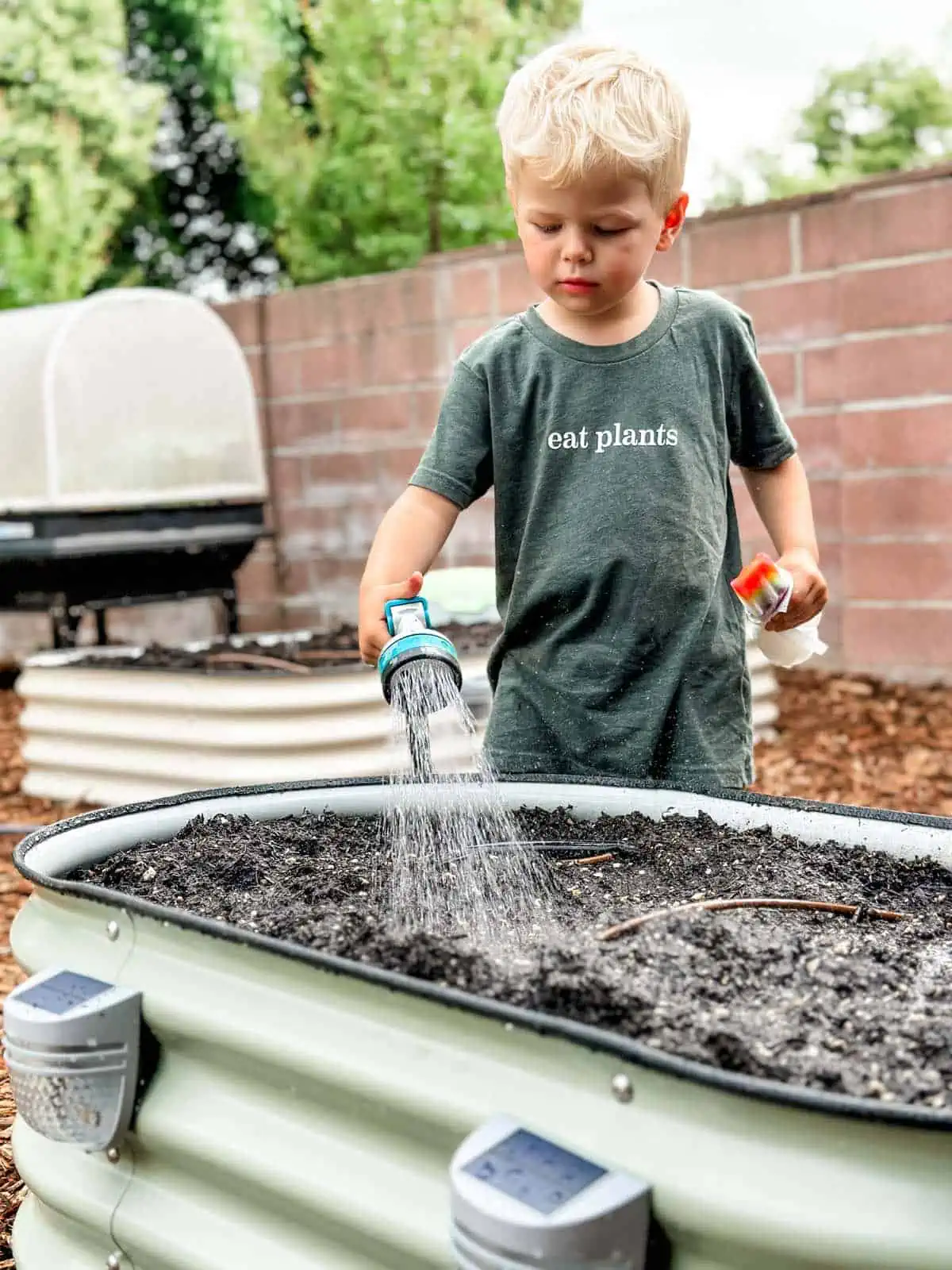
Fertilizing: The heart of any successful vegan garden lies within the soil, where the alchemy of life unfolds. Garden beds offer a unique advantage in this regard, as they allow us to curate the perfect blend of nutrient-rich compost, organic matter, and soil amendments—no matter where you live. For those new to garden beds, consider hiring a garden coach to help determine how and when to incorporate organic fertilizers or compost into the soil. As your plants grow, periodic applications of organic fertilizers are often needed to provide essential nutrients for healthy growth and productivity.
Weed Control: Stay vigilant with weed control in your raised garden bed. Regularly remove any weeds that emerge, ensuring they don’t compete with your plants for resources. Mulching and proper spacing can also help suppress weed growth. You can also lay cardboard around the raised beds to prevent weed growth in your walkways.
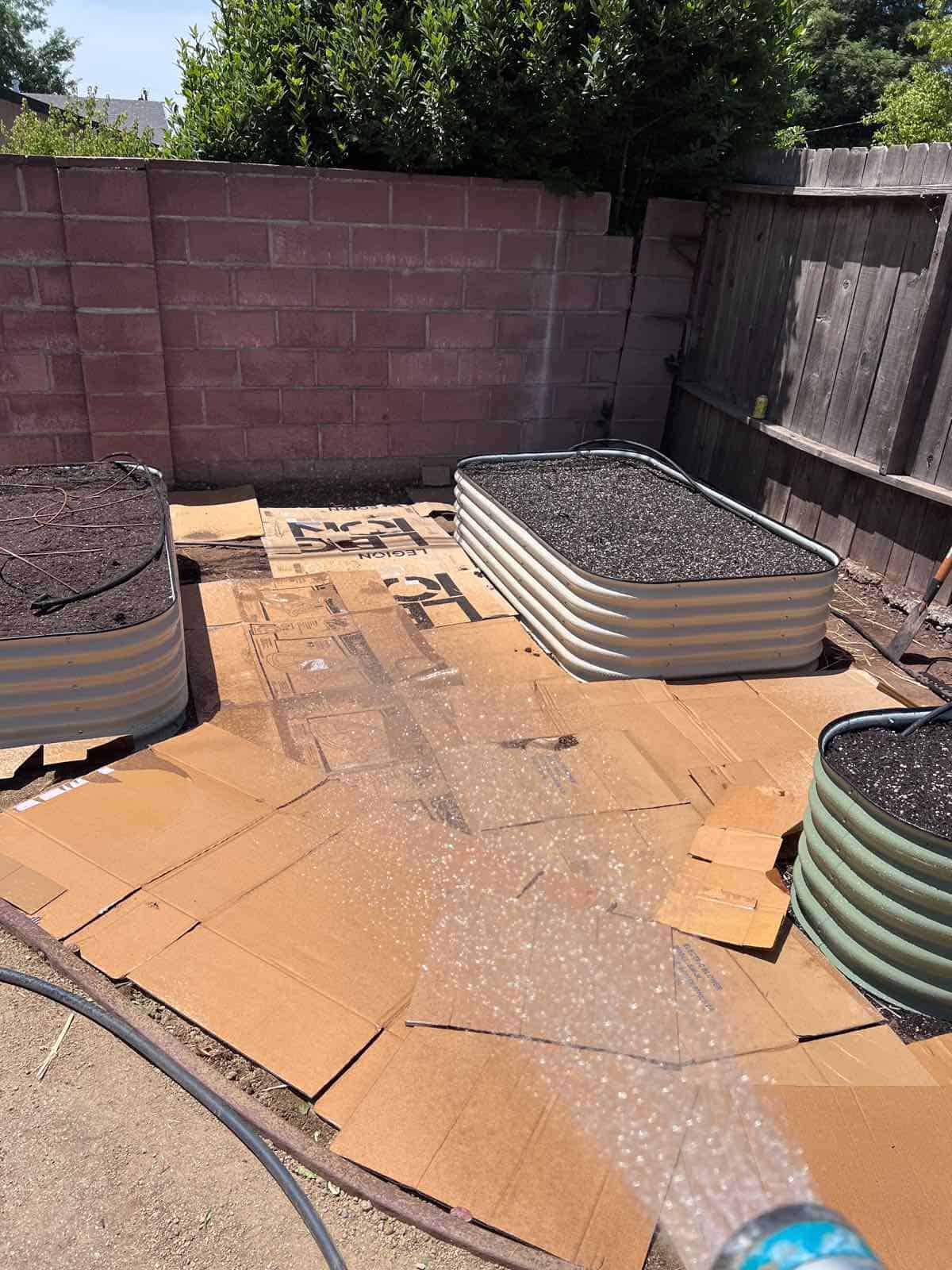
Monitoring and Maintenance: Keep a close eye on your raised garden bed, monitoring for signs of pests, diseases, or nutrient deficiencies. Prune plants when necessary, remove spent flowers, and harvest crops at their peak to encourage continuous growth.
Remember, every garden is unique, so adapt these tips to suit your specific circumstances and the plants you choose to grow. With proper planning, care, and attention, your raised garden bed will flourish, providing a bountiful harvest and a source of joy and satisfaction.
Watch Your Garden Spring to Life
As your garden begins to take shape, you’ll experience the joy of nurturing your plants, from seedlings to fully grown specimens. Vego Garden beds make it easy to get started growing vegetables, fruit, herbs, legumes, edible flowers, and more. And before you know it, you’ll be harvesting loads of fresh produce.
This season I’m growing:
- Tomatoes (lots and lots of them, of many different varieties)
- Peppers (several varieties)
- Bell Peppers
- Basil (several varieties)
- Japanese Eggplant
- Pumpkins
- Cantelope
- Watermelon
- Cucumber (from seed)
- Lettuce (from seed)
- Beans (from seed)
Feeding the Soil, Feeding the Soul
Beyond the practical benefits, there is something truly magical about transforming a barren corner into a lush food-growing landscape. The corner of my yard that was once an eye sore is now my sanctuary, a place to escape the hustle and bustle of daily life and reconnect with the simple pleasures of nature.
Ready to unlock the secrets to creating a lush, productive, and utterly enchanting vegan garden? Grab your gardening gloves and embark on a journey of creating a green sanctuary that will bring you and your family joy and sustenance for years to come. The journey promises to ignite your passion for gardening and nourish your soul as you literally create life, and build thriving oasis.

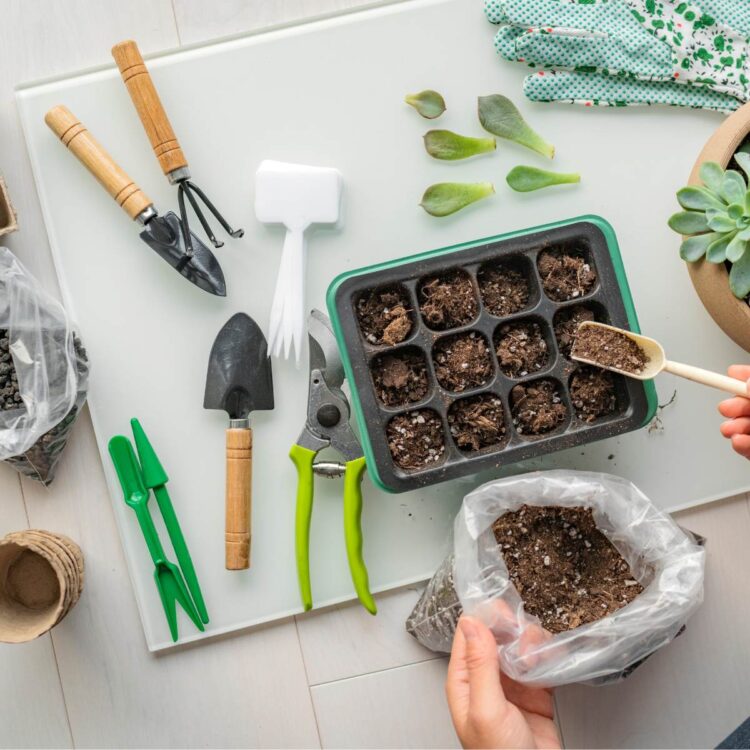

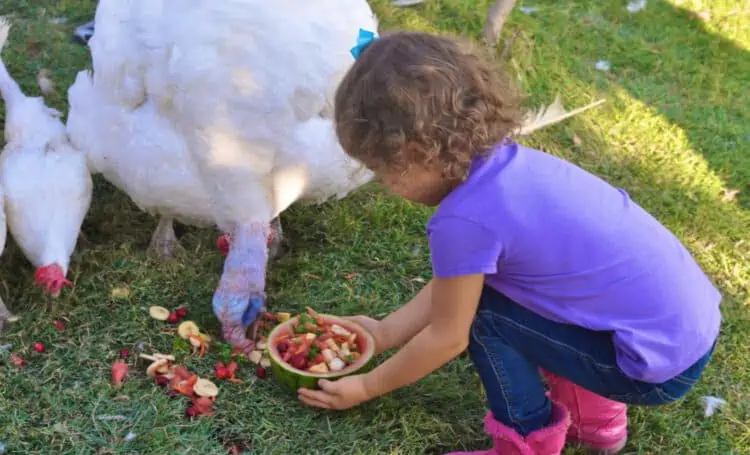
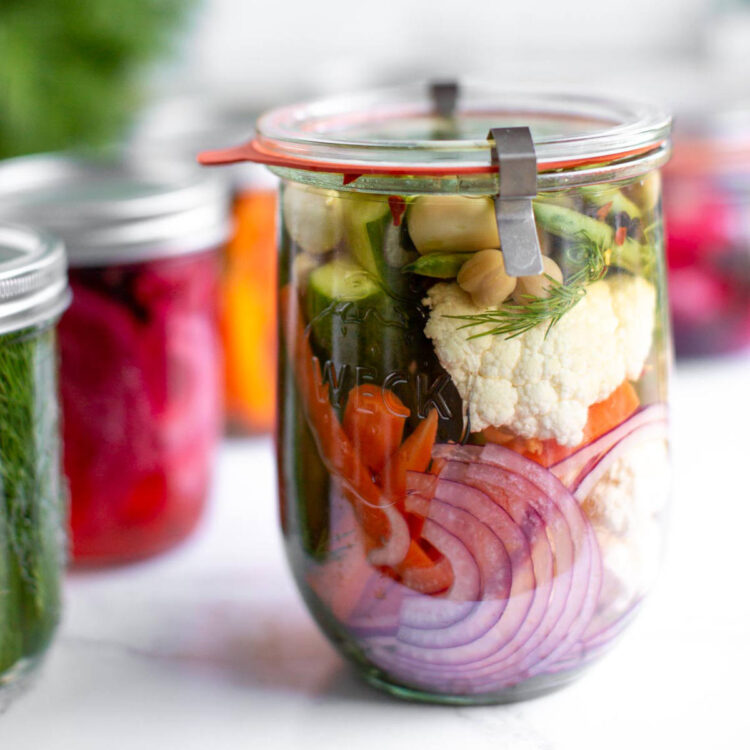

Leave a Comment